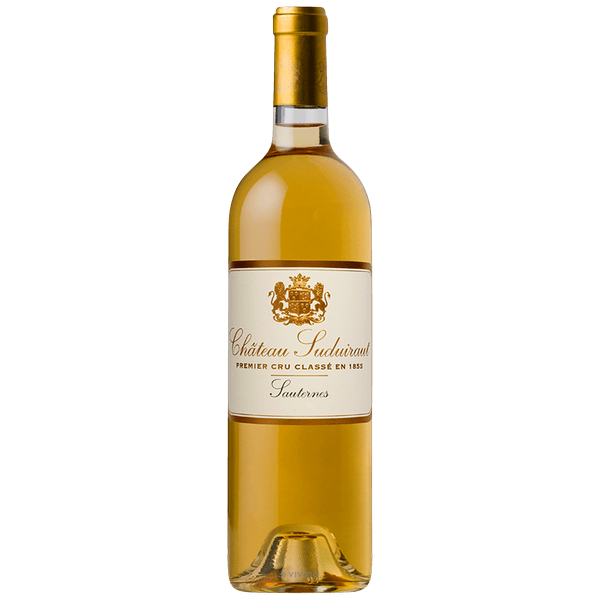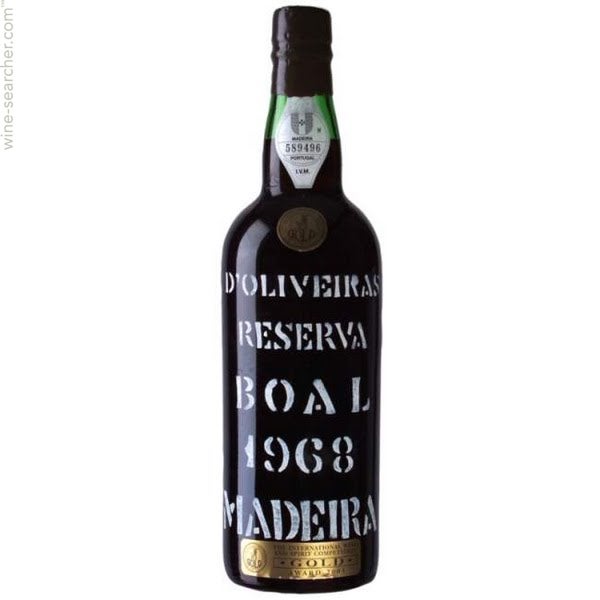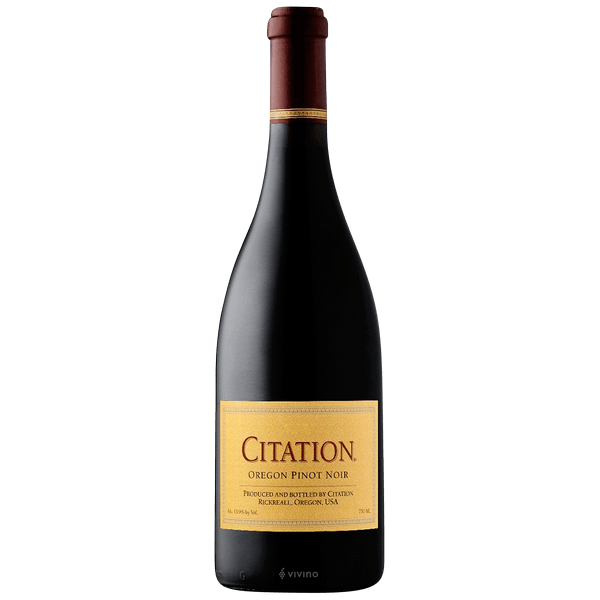2007 Chateau Suduiraut Sauternes
2007 Chateau Suduiraut Sauternes
Wine Enthusiast (97/100)
Powered by dry botrytis, this is a wine with immense potential. It has weight, complexity and richness, all under the cloak of botrytis. To leaven the power, there is acidity, but this is certainly for aging.
Wine Spectator (95/100)
Dried lemon and floral aromas lead to loads of botrytis spice and bitter lemon peel in this young, full-bodied sweetie, with hints of lively lime and honey. Medium sweet. Very intense. Best after 2014.
Chateau Suduiraut is acknowledged to be one of the finest Sauternes. The team at the Suduiraut estate, passionate about their work are united in the pursuit of their goal : to extract from this great vineyard one of the world’s finest wines.
The history of Chateau Suduiraut, in Sauternes, goes back to centuries. After the total destruction of the property by the Duke d’Epernon in the 1600s, Count Blaise de Suduiraut replanted the vineyard and restored the estate to its former glory. On 18 April 1855 the estate was classed as a Premier Cru during the official wine classification programme in the Gironde winegrowing area.
Sweet and unctuous but delightfully charming, the finest Sauternes typically express flavors of exotic dried tropical fruit, candied apricot, dried citrus peel, honey or ginger and a zesty beam of acidity.
Semillon, Sauvignon Blanc, Sauvignon Gris and Muscadelle are the grapes of Sauternes. But Semillon’s susceptibility to the requisite noble rot makes it the main variety and contributor to what makes Sauternes so unique. As a result, most Sauternes estates are planted to about 80% Semillon. Sauvignon is prized for its balancing acidity and Muscadelle adds aromatic complexity to the blend with Semillon.
Botrytis cinerea or noble rot is a fungus that grows on grapes only in specific conditions and its onset is crucial to the development of the most stunning of sweet wines.
In the fall, evening mists develop along the Garonne River, and settle into the small Sauternes district, creeping into the vineyards and sitting low until late morning. The next day, the sun has a chance to burn the moisture away, drying the grapes and concentrating their sugars and phenolic qualities. What distinguishes a fine Sauternes from a normal one is the producer’s willingness to wait and tend to the delicate botrytis-infected grapes through the end of the season.
Related products
Chateauneuf-du-Pape
2020 Domaine Berthet Rayne Chateauneuf-du-Pape Rouge 2020 Domaine Berthet Rayne Chateauneuf-du-Pape Rouge Aromas of plums, cassis, and cherries presented in a medium bodied, spicy style with beautifully pure fruit, a savory mouthfeel, moderate but ripe, sweet tannin, and a long finish. VARIETAL COMPOSITION: 65% Grenache Noir, 20% Mourvèdre, 10% Cinsault, 5% Syrah. TERROIR: The estate [...]
Red Wine from Niederosterreich, Austria




